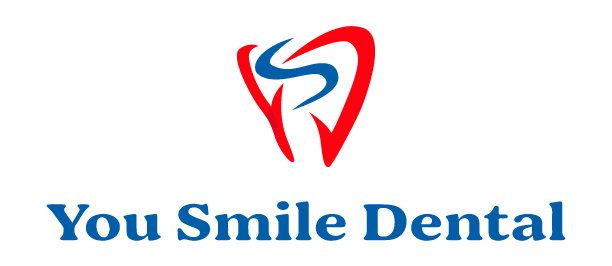
Orthodontics can be a long and costly process for most parents, not to mention what your children go through over years of treatment during one of their most vulnerable times. A habit of daily flossing and brushing can prevent many complications, but some orthodontic issues come down to genetics most of the time. If this is the case, then your child's dentist will be the most important resource for determining when they might need orthodontic treatment. However, this does not mean that you should be taking a backseat. There are important factors that you can look for to ensure your child receives the correct care when they need it.
Warning signs in young children
Depending on the age of your child, they might show their symptoms a little differently. Young ones will display more physical signs and symptoms, while an older child is going to be a bit more vocal with you.
Here are some things to look for in these age groups:
Facial pain
If your child is complaining of non-specific pains or aches in their jaw and facial areas, this may be a sign that they need orthodontic work. This is especially true if they have already grown in their second set of teeth.
Clicking and popping of the jaw
Persistent popping and grinding is a sign that something may be out of alignment or there could be an issue with the muscles that make up the jaw. Make sure to report jaw issues quickly.
Clenching and grinding of the teeth
Clenching and grinding may be your child's way of "self-correcting" some of the other symptoms here. Prolonged clenching and grinding can wear down their teeth over time, so correction is vital. This is something that an orthodontist can fix with a non-invasive appliance.
Upper and lower teeth that do not meet properly
This is a pretty straightforward sign that is easily noticeable and can lead to other symptoms on this list. Make sure to voice your concerns to your dentist, but be aware they may tell you this is a normal part of the growth process. If your child’s case is out of the ordinary, then they will probably consider a referral.
Impacted teeth
An impacted tooth is one that is growing into the mouth in the wrong location and is pushing against already established teeth. This may not be readily visible if you look into your child's mouth, but you may be able to see a bump in the gums nearby and parts of the offending tooth. However, the best way to spot an impacted tooth is with an X-ray, so only a professional can make this call.
What do I do if I notice some of these symptoms?
It is simple; report them to your dentist at your next visit. Your dentist should be able to discuss each item and explain whether what you are seeing is part of healthy growth or a cause for concern. In the meantime, do not forget to encourage regular oral hygiene every day.
Request an orthodontic consultation in our Santa Clara office here: https://yousmiledental.com.
[recent-blogs count=4 layout=”horizontal”]

